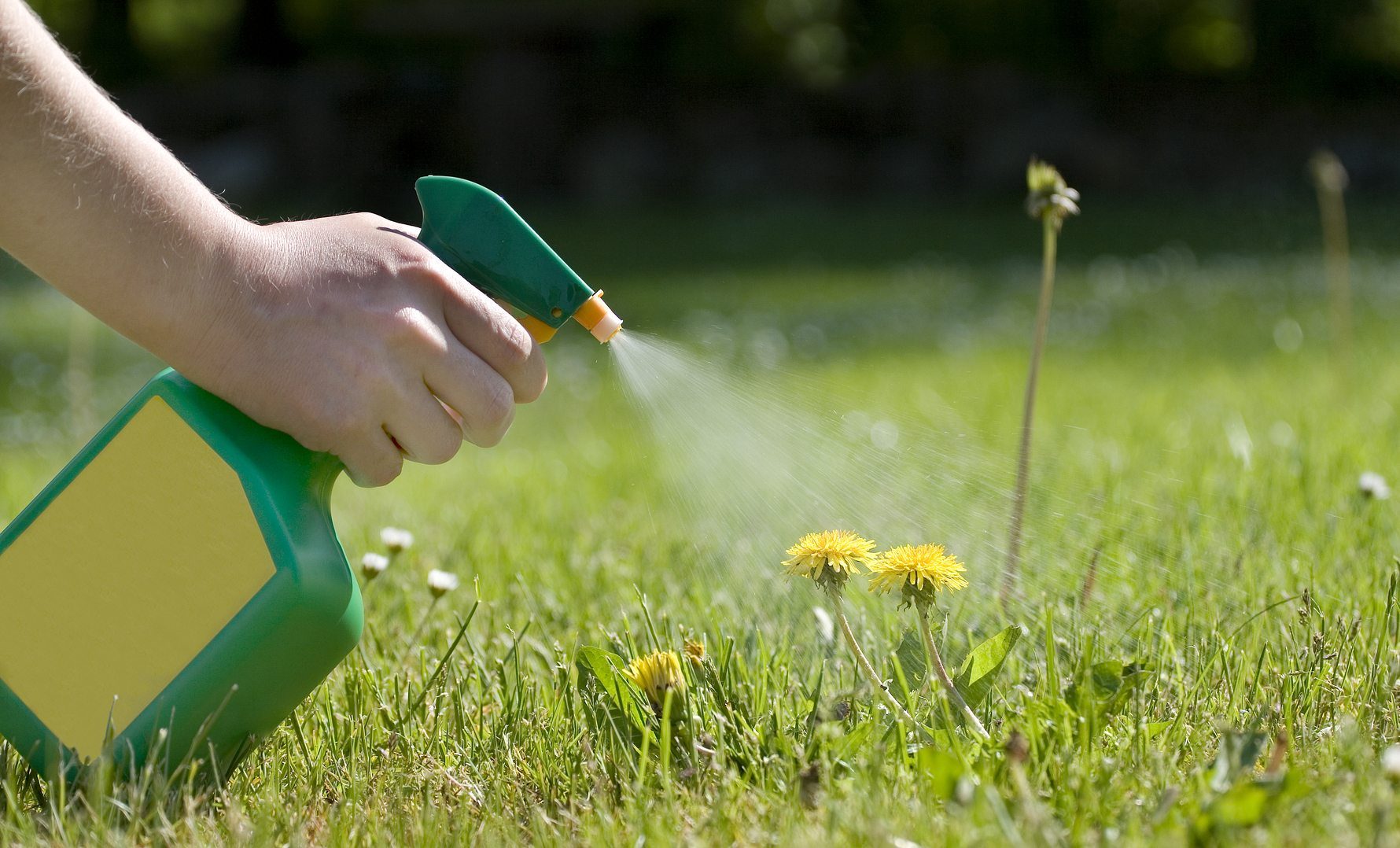Everyday Exposure to the Herbicide Glyphosate (the Ingredient in Roundup)
Glyphosate is the most extensively used herbicide in the world today for both residential and agricultural purposes. It is the main ingredient in the weedkiller Roundup produced by Monsanto. Because the herbicide glyphosate is so common, you and your family may be exposed in your everyday life.
Should I worry about my children being exposed to the herbicide Glyphosate?
Children display higher exposure rates to the herbicide because of their developmentally normal hand-to-mouth behavior, close proximity to the ground, and higher respiratory rates. This is alarming because glyphosate can harm to fetuses and children. Young children are especially vulnerable due to their developing organ systems and the differences in the way they metabolize toxins.
What are the adverse health effects of Glyphosate?
Proven health effects include:
Birth Defects: Multiple studies observe that animals fed with glyphosate-treated crops have higher rates of birth defects. Farming communities in areas where glyphosate use is common display higher birth defects. To confirm a link between glyphosate and birth defects, scientists need to conduct further studies.
Cancer: The World Health Organization classifies glyphosate as a probable carcinogen. Additionally, they state that there is strong evidence that the herbicide causes cancer in laboratory animals and some evidence that it increases cancer risk in humans.
Hormone Disruption: Studies show that glyphosate is an Endocrine Disrupting Chemical (EDC), that interferes with hormones in the body. EDCs are dangerous to brain development and organ systems including reproductive systems.
Nervous System Toxicity: Laboratory studies suggest that glyphosate is toxic to the
nervous system.
Antibiotic Resistance: Glyphosate has the potential to make bacteria less sensitive to antibiotics.
How does exposure occur?
Where the herbicide is applied to lawns, gardens, and parks:
- Children can inhale glyphosate.
- Glyphosate can be ingested. (Residues of the herbicide are detected on some produce and processed foods.)
- Glyphosate can be tracked into homes on shoes or strollers that have had contact with glyphosate-treated surfaces.
How can I reduce exposure?
To reduce your family’s exposure to glyphosate:
- Avoid using weed killers that list glyphosate as the active ingredient.
- Leave shoes, strollers, and wheeled luggage by the door in your home.
- Wash your hands before eating and after spending time outdoors.
- Choose GMO-free foods with the label USDA Organic or Non-GMO Project Verified.
- Advocate for glyphosate bans in public spaces in your community.
- Encourage neighbors to avoid use of glyphosate-containing products.
At Sprout San Francisco, we are dedicated to helping you make informed decisions on the products, activities, and actions you take to keep your children safe! Read more Healthy Home articles.
Source: The Mount Sinai Institute for Exposomic Research Fact Sheet


